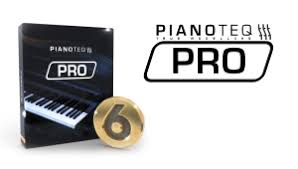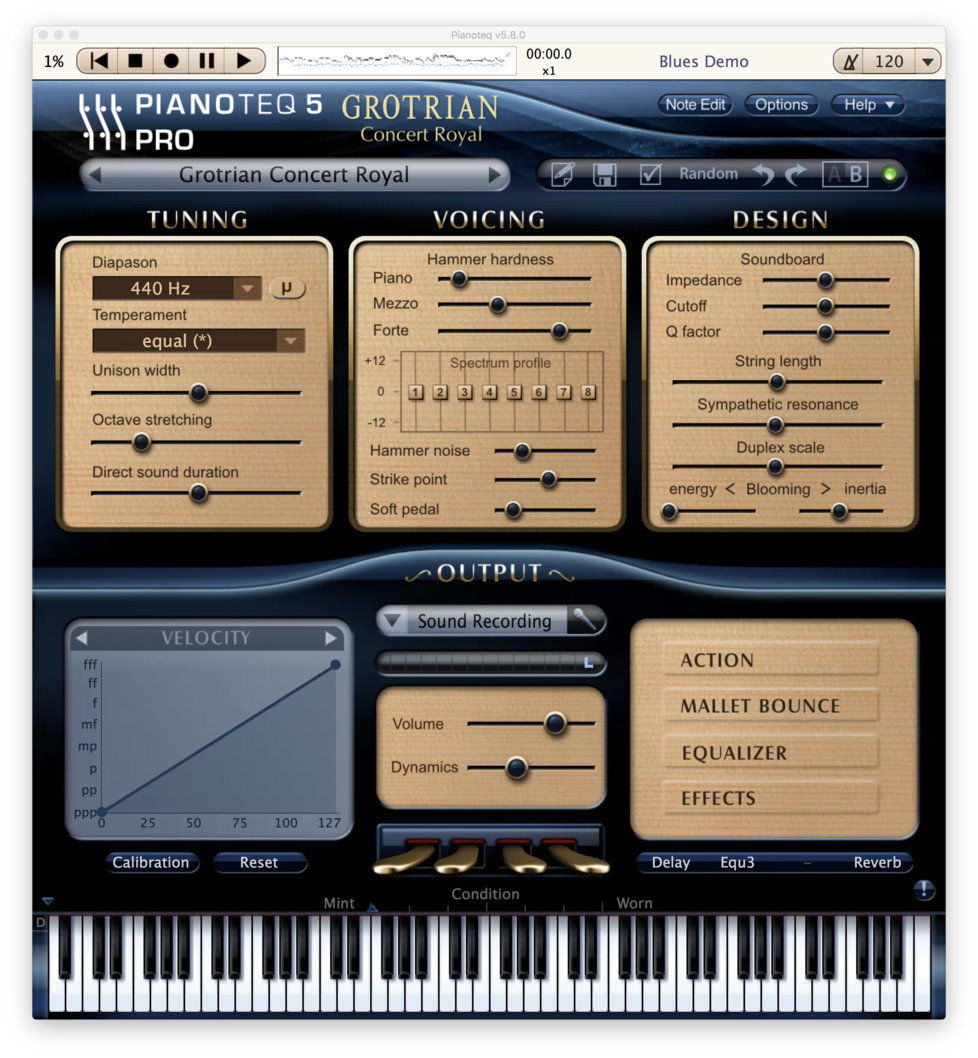


Pianoteq was the first commercially available piano modelling software, released in 2006, and it's still pretty much unique - other than Roland's big-money hardware V-Piano, there's very little to compare with it. FXP preset format, the preset manager overlay allows quick grouping and searching of sounds. Music Teqįor dedicated savers and traders of Pianoteq's. Not being based on samples, modelling instruments generally have a much smaller installation footprint, and can offer a remarkable level of freedom in tweaking the mechanical/acoustic systems they represent - even to the point of emulating instruments that don't or couldn't exist.ĭoes a modelled piano sound and feel as good as a sampled one, though? That's the million dollar question, and one I'll be considering carefully later on in this review. Acoustic modellers like these generate sound on the fly according to mathematical representations of actual physical systems, such as columns of air in a tube, or strings stretched over a bridge and soundboard.


In the past few years, though, an alternative to sampling has emerged, in the form of modelling - think Logic's Sculpture plug-in, or Applied Acoustics' GS1 guitar instruments. Any real 'sound design' is off-limits - almost none allow it, and aside from offering a few tone tweaks, they're essentially replay engines only. Even the most lavish sample libraries only offer a handful of pianos, and if the sound you're after isn't one of them, you're pretty much stuck. On a laptop, though, while playing back multitrack audio and other samples? Best of luck! Then there's the question of flexibility. First, streaming those tens of gigs of samples is a fairly tall order for a high-end Mac or PC, even with stacks of RAM, dedicated hard drives and high-bandwidth architecture. The current crop of sampled pianos can give great results - but at a cost. What do you do when you want to create a super-accurate software recreation of an acoustic piano? Conventional wisdom says 'sample the hell out of it', and that's exactly the approach used by the likes of Steinberg, VSL, Native Instruments, Synthogy, EastWest and others, in sample libraries running to 30, 40, even 50 gigabytes, and capturing every dynamic gradation of a particular piano, pedal up and down, and often from multiple mic positions. Pianoteq's dark, cool-looking window puts all the essential controls in one place. Pianoteq tackles the virtual piano problem in megabytes rather than gigabytes, and offers flexibility that its multisampling competitors can't match.


 0 kommentar(er)
0 kommentar(er)
